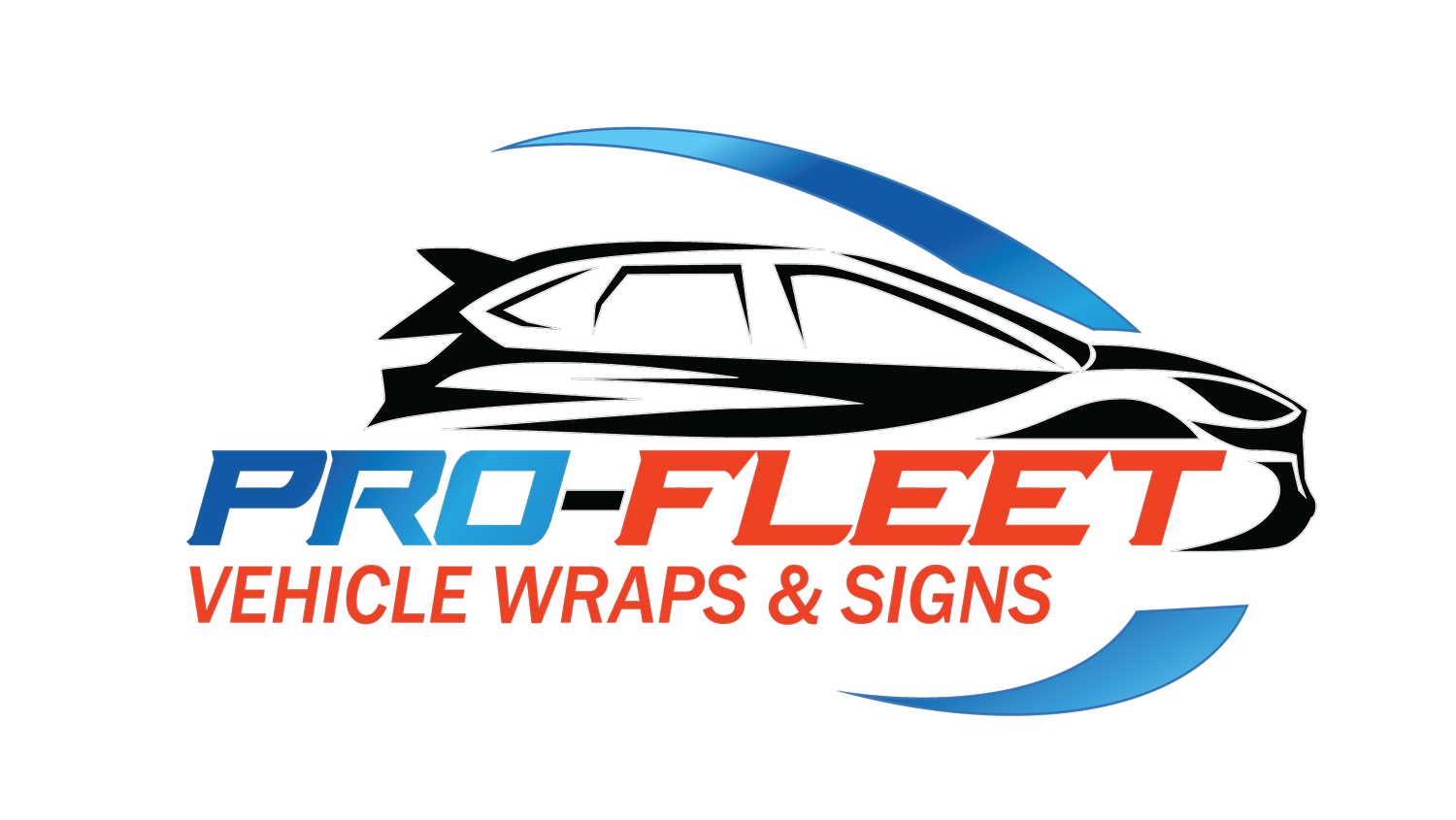What is Car Wrap Made of: Exploring Its Composition
If you're considering transforming your vehicle's appearance, understanding what goes into a car wrap can help you make an informed decision about the process. Whether you're looking for an affordable car wrap in Largo, FL, or planning a custom design, understanding the materials and components involved is valuable. Car wraps have become increasingly popular for both aesthetic customization and vehicle protection, but many people wonder about the actual composition of these products. This guide breaks down each layer and component that make up a quality car wrap, from the base material to the protective coatings that keep your vehicle looking fresh for years.
Vinyl: The Primary Material
Vinyl serves as the foundation for car wraps due to its durability, flexibility, and ease of application. When considering durability, vinyl resists environmental factors that can degrade other materials over time, such as exposure to sunlight, moisture, and abrasion. The flexibility of vinyl allows it to conform seamlessly to a vehicle's curves and contours, ensuring a smooth and professional finish. Its ease of application makes it a preferred choice for both professionals and DIY enthusiasts. The material can be manipulated and stretched without losing its shape or adhesive properties, making it forgiving during installation. The combination of durability, flexibility, and ease of use makes vinyl the ideal material for achieving high-quality car wraps.
Adhesive: Sticking it All Together
The adhesive used in car wraps plays a pivotal role in ensuring a secure and long-lasting bond between the vinyl material and the vehicle's surface. This adhesive is typically an acrylic-based substance designed to provide strong adhesion without damaging the underlying paint or the car's surface. The adhesive layer maintains the integrity of the wrap, preventing peeling, bubbling, or lifting, especially in challenging environmental conditions. It is engineered to resist temperature variations, UV exposure, and moisture, ensuring the durability and longevity of the wrap. Proper surface preparation and application techniques are necessary to maximize the adhesive's effectiveness and create a smooth, professional finish that adheres seamlessly to the vehicle's contours.
Laminate: Providing Protection
Laminates in car wraps serve a critical function by providing an extra layer of protection to the vinyl material underneath. These protective films are typically made of a clear polyurethane material that shields the vinyl wrap from external elements such as UV rays, dirt, debris, and minor abrasions. The laminate enhances the durability and longevity of the wrap, ensuring that the vibrant colors and design stay intact for an extended period. The laminate adds a glossy finish that not only enhances the vehicle's visual appeal but also makes the wrap easier to clean and maintain. Acting as a shield against wear and tear, the laminate significantly contributes to preserving the quality and aesthetics of the car wrap.
Liner: Facilitating Installation
To guarantee a smooth and efficient installation process, the liner plays a vital role in enabling the application of the car wrap onto the vehicle's surface. The liner, typically made of paper or plastic, acts as a protective barrier on the adhesive side of the vinyl wrap. Its primary function is to prevent premature sticking before the wrap is correctly positioned, aiding in the precise alignment of the material during application. The liner's smooth surface ensures that the adhesive side of the wrap remains free from dust, debris, or any contaminants that could compromise the adhesion quality. Assisting in the handling and positioning of the car wrap, the liner contributes significantly to achieving a professional and flawless finish during the installation process.
Colors and Finishes: Customization Options
Consider a wide array of colors and finishes to customize your car wrap, providing a range of options for personalization and branding. When selecting colors, consider the impact on visibility, aesthetics, and brand representation. Solid colors offer a classic look, while metallic finishes provide a sleek appearance. Matte finishes can create a sophisticated and understated style, while gloss finishes offer a vibrant and eye-catching appeal. Color-shifting wraps provide a dynamic effect that changes with the viewing angle. Choose colors that align with your brand identity or personal preferences. The finish you select can influence the look of your vehicle, so explore different options to find the perfect match for your car wrap project.
Additional Components: Enhancing Durability
Enhancing the durability of your car wrap involves incorporating additional components that contribute to its longevity and resilience against various environmental factors. To ensure your car wrap stands the test of time, manufacturers often include UV inhibitors that shield the wrap from sun damage, preventing fading and discoloration. Abrasion resistance additives increase the wrap's ability to withstand scratches and impacts from road debris and regular use. Weatherproofing agents protect against moisture, preventing bubbling or peeling in wet conditions or humid climates. Adhesive promoters enhance the bond between the wrap and the vehicle's surface, ensuring long-lasting adherence even in extreme temperatures. Each of these components works together to create a wrap that maintains its appearance and protective qualities throughout its lifespan, giving you the best value for your investment.
Related Topics:

